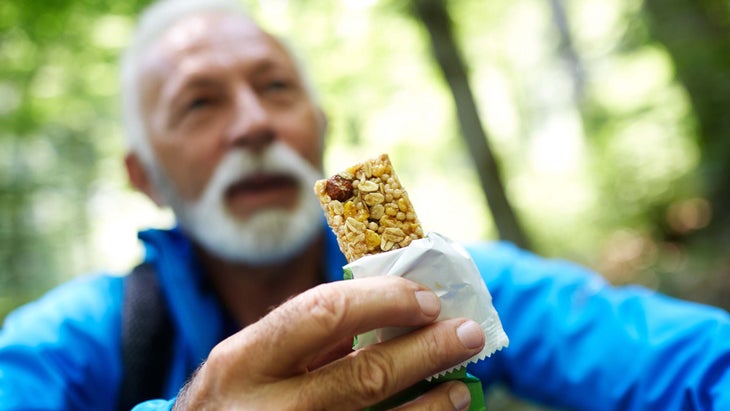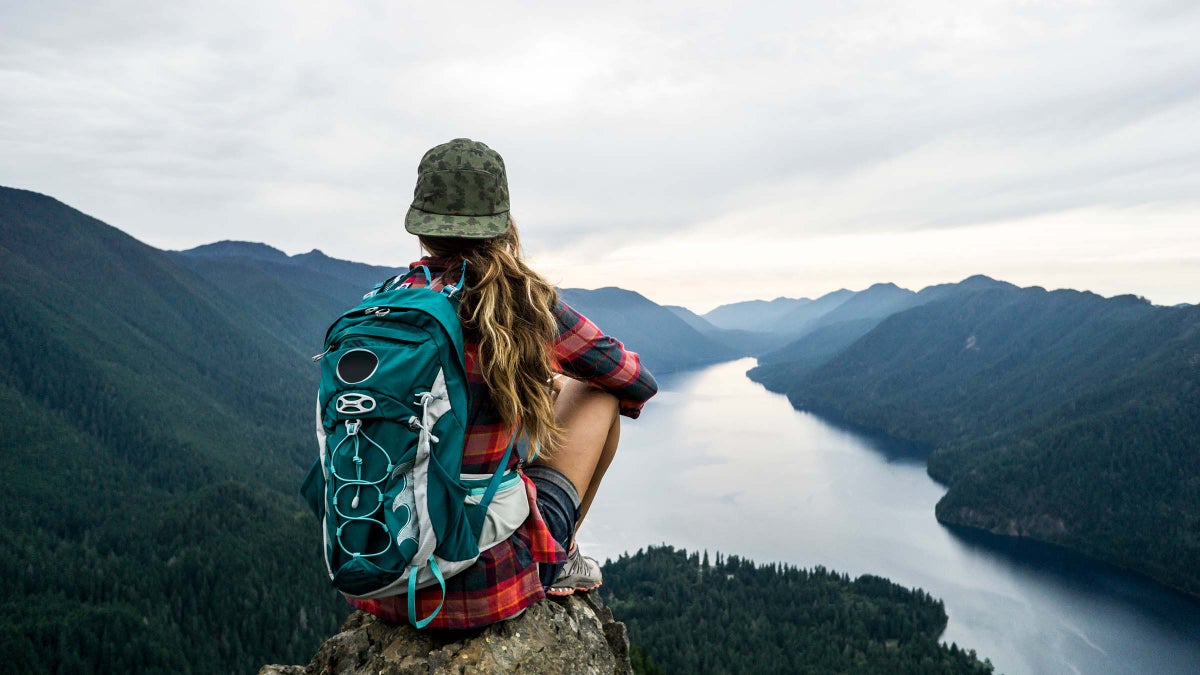Products You May Like
Receive $50 off an eligible $100 purchase at the Outside Shop, where you’ll find gear for all your adventures outdoors.
Sign up for Outside+ today.
If you’re a hiker, chances are that you’ve heard of the backcountry survival list called the Ten Essentials. Originally compiled by the Seattle Mountaineers in the 1930s, it didn’t find its way into print until 1974, when it was published in the third edition of Mountaineering: The Freedom of the Hills.
According to the Mountaineers, the purpose of the list was twofold, to enable hikers to prevent and respond to emergencies and to safely spend a night or more outside. While the list has been updated over the years, the most common version includes a method of making fire, first aid supplies, water, a light source like a flashlight or headlamp, insulation, a map and compass, food, a shelter, sun protection, and a knife or multitool.
But here’s what most hikers don’t consider: How essential are these items, really? That’s exactly the question that Dr. Nicholas Daniel was asking himself. An avid hiker and mountaineer himself, Daniel is also the associate director of the Dartmouth-Hitchcock Wilderness and Austere Medicine Fellowship and has a deep knowledge of health and medicine. As someone who had spent years hearing about how important the Ten Essentials were, he found himself wondering whether there were any data to back it up.
“You hear it over and over again: ‘Were you prepared? Did you carry the Ten Essentials?’” Daniel says. “I thought that was a very interesting concept. As someone who practices wilderness medicine, has a scientific background, and spends a lot of time outdoors, the intersection between the recommendations and facts seemed important to me.”
Despite how ubiquitous the Ten Essentials are, no study had evaluated their impact on hikers’ outcomes until last year. To Daniel, the gap in the data was stark.
“In medicine, we have things we do that are supported by data, and other times we have other things that we just seem to do because they’ve always been done,” he says. “And then every once in a while, someone will do research on those things we’ve always done and find out that they’re not supported by data.”
Armed with this curiosity, Daniel and his colleagues set out to ask the question of whether more gear is associated with improved hike outcomes and, more importantly, which items were most crucial to hikers’ safety. The researchers surveyed 961 day hikers at Mount Monadnock in New Hampshire in the spring of 2016, asking which items they carried, what kinds of adverse events they experienced, and how satisfied they were with their hikes.

The hikers, who were roughly evenly split between women and men, carried an average of five of the Ten Essentials with them. The results showed that 76% of hikers reported experiencing adverse events such as hunger (50%), thirst (62%), temperature extremes (18%), and the need for rain gear (11%), but also reported feeling prepared for 89% of the 1,686 adverse events reported. Eighteen percent of the adverse events were medical events, which included abrasions, stings and bites, cramps, blisters, sprains, illnesses, sunburns, lacerations, and animal bites. The data showed that hikers were quite satisfied with their hike regardless of how many “essential” items they carried. Only 0.4% of hikers reported being “not satisfied” with their hike.
Interestingly, the data showed that the number of adverse events reported actually increased with the number of items carried by people who took the survey. Hikers carrying four to ten items had roughly an 11 to 16 percent chance of experiencing an adverse event—roughly double that of hikers who carried one to three items.
While that result surprised Daniel, he speculated that some hikers may mistakenly believe that the Ten Essentials are a kind of armor against trouble.
“I think some people get the idea in their head that the Ten Essentials may prevent things from happening somehow, like if you’re prepared, [then the adverse event won’t happen],” Daniel says. (While trouble can find people no matter how they pack, Daniel does note that carrying essential gear may prevent that trouble from becoming a true emergency.)
Based on their findings, his group suggests that it may be possible to cover the majority of adverse events with the “Four Essentials”: water, food, extra clothing, and a medical kit. Still, they admit that short dayhikes such as those taken by their survey respondents may carry less danger than longer trips. Plus, thanks to modern gear, the weight penalty for the Ten Essentials is rarely a burden.
“Nowadays with lightweight stuff, you can almost carry all of these in under 5 pounds,” Daniel says. “If I’m hiking or backpacking solo, I tend to carry more items than if I’m in a group of people or if I’m on a hike where I know there’s a cell phone signal.”
As Daniel points out, true preparedness is a combination of a person’s experience and the gear they carry. Carrying too much can pose its own kind of risk, as a heavy pack increases a hiker’s risk of getting hurt.
No study is perfect, and the research group noted some limitations to their study, including convenience sampling, a lack of isolation from other hikers during survey administration, and a lack of ability to discern the number of hikers who declined the survey and their reasons why. Additionally, the hikers were offered a granola bar in exchange for their participation, which may have affected the results.
“I came to realize that by [offering a granola bar], I may have inadvertently selected for people who were more hungry and didn’t carry food, so that probably increased our number of participants but may have been a limitation,” Daniel observes.
When asked if he had any additional advice to add, Daniel noted there’s one more essential item he recommends hikers bring.
“Always carry a cell phone,” he says.
